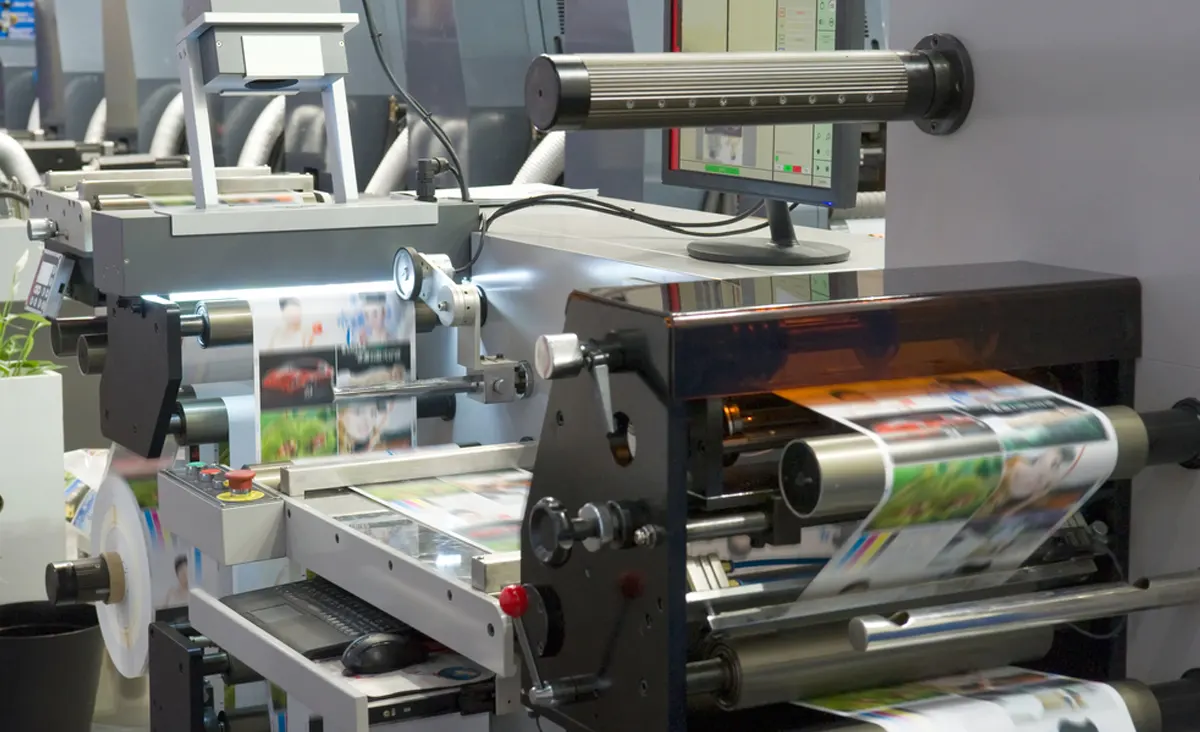Everything About Printing

Printing is a process of reproducing text, images, and other materials onto a surface, usually paper or cardstock. It is an essential component of any business or organization, as it allows for the creation of high-quality marketing materials, documents, and other important items. Whether you are printing brochures, flyers, or business cards, understanding the printing process can help ensure that your final product is of the highest quality. In this blog, we will discuss everything you need to know about printing, from the basics to more advanced concepts.
The Printing Process
The printing process begins with the design of the material you want to print. This can be done using graphic design software such as Adobe Photoshop or Illustrator, or you can work with a professional graphic designer. Once the design is complete, it is saved as a digital file.
The next step is to prepare the file for printing. This involves checking the file for any errors or issues and making any necessary adjustments. The file is then sent to the printer, which will print the design onto the chosen material.
There are several different printing methods, each with its own unique benefits and drawbacks. Here are some of the most common printing methods:
- Offset Printing: This is the most common printing method, particularly for large print runs. Offset printing involves transferring ink from a plate to a rubber blanket, which then transfers the ink to the paper.
- Digital Printing: Digital printing is a newer printing method that involves printing the design directly onto paper using a digital printer. This method is particularly useful for small print runs and for printing customized materials.
- Letterpress Printing: Letterpress printing involves using a raised surface, usually made of metal or wood, to print the design onto the paper. This method is particularly popular for printing wedding invitations and other high-end materials.
- Screen Printing: Screen printing involves pressing ink through a stencil onto the paper. This method is often used for printing t-shirts, posters, and other materials with large blocks of color.
Choosing the Right Printing Material
The material you choose for your print job will have a significant impact on the final product’s quality and durability. Some of the most common printing materials include:
- Paper: There are many different types of paper available for printing, including glossy, matte, and textured paper. The type of paper you choose will depend on the intended use of the printed material.
- Cardstock: Cardstock is a thick, heavy paper that is often used for business cards, invitations, and other materials that require extra durability.
- Vinyl: Vinyl is a durable, waterproof material that is often used for printing banners, signs, and other outdoor materials.
- Fabric: Fabric printing is often used for printing t-shirts, bags, and other promotional items.
Choosing the Right Printer
Choosing the right printer is essential for ensuring that your print job is of the highest quality. There are many different types of printers available, including inkjet printers, laser printers, and digital printers. When choosing a printer, consider the following factors:
- Print quality: Different printers have different print quality levels, so choose a printer that can produce the quality you need for your specific print job.
- Speed: If you need your print job completed quickly, choose a printer that can print at a fast speed.
- Cost: The cost of the printer and the cost of ink or toner cartridges should be considered when choosing a printer.
- Durability: If you plan on using the printer frequently, choose a printer that is designed for high-volume printing and can withstand heavy use.
In Conclusion
Printing is an essential component of any business or organization, and understanding the printing process can help ensure that your final product is of the highest quality. By choosing the right printing method, materials, and printer.


